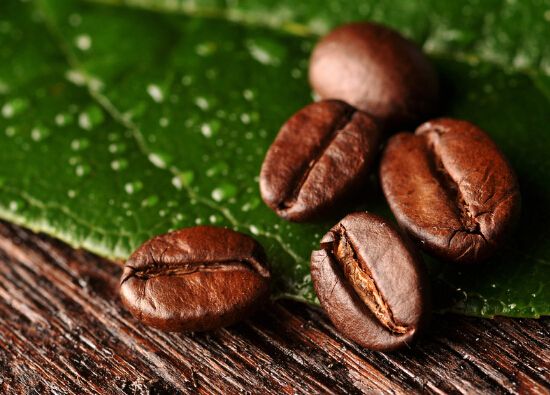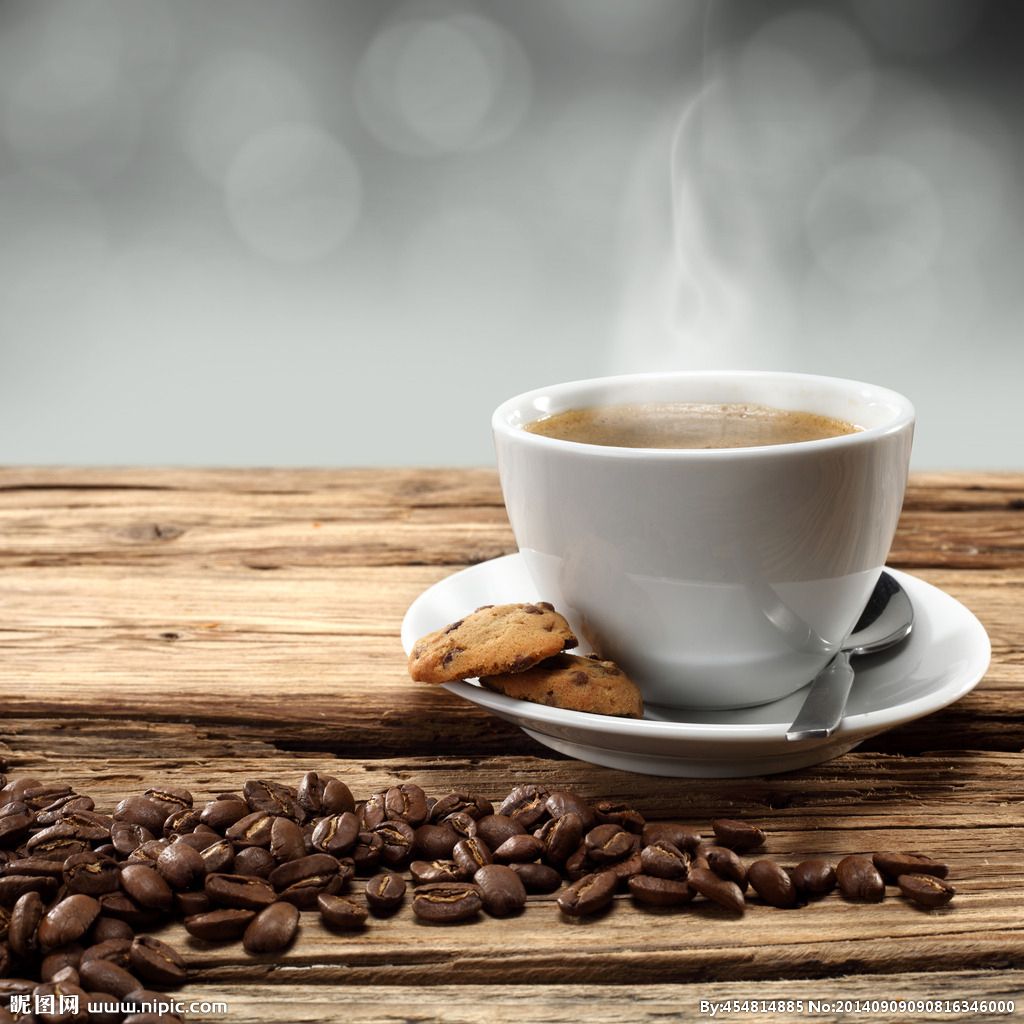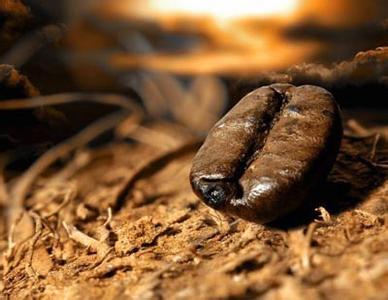Where did the Cuban Crystal Mountain Coffee come from? the steps of making Cuban Crystal Mountain Coffee
Follow the caf é (Wechat official account vdailycom) and found that Beautiful Cafe opened a small shop of its own.
Located in the West Indies, the Republic of Cuba has a detached and pristine natural environment, the beautiful Caribbean Sea and the world-famous Crystal Mountain Coffee.
Where did the Cuban Crystal Mountain Coffee come from?
In 1748, coffee was introduced into Cuba from Domiga, and Cuba began to grow coffee ever since. With fertile land, humid climate and abundant Rain Water, Cuba can be called a natural treasure land for coffee cultivation. The suitable natural conditions provide a favorable natural environment for the growth of coffee trees, and coffee is well planted and developed here. In Cuba, the cultivation of coffee is regulated by the state. The best coffee growing area in Cuba is located in the Central Mountains. Because this area not only grows coffee, but also produces quartz, crystal and other precious minerals, it is also known as Crystal Mountain. At present, Crystal Mountain Coffee is synonymous with top Cuban coffee. A prominent feature of Crystal Mountain Coffee is its large granule and bright green color of coffee beans.

In Cuba, most of the coffee beans are picked by hand. Coffee beans are picked about every half a month during the ripening period. During or after picking, coffee beans are classified and those immature and bad beans are removed to ensure the quality of the coffee. Cubans usually deal with coffee beans in two ways-tanning and washing. Tanning is the simplest, cheapest and most traditional way to treat coffee, which is to let the coffee fruit dry in the sun but not ferment. The general drying time is about four weeks. The washing rule makes the aroma of the fruit more into the coffee beans, thus adding a coarse fruit aroma to the coffee.
At present, Crystal Mountain Coffee is very precious. This is mainly for two reasons. The first reason is the economic sanctions imposed by the United States against Cuba and the non-opening up of Cuban imports. The second reason is that at present, Cuban coffee beans are mostly acquired by the French and Japanese markets, especially Japan, so it is difficult to buy coffee beans directly from Cuba. In spite of this, the status of Cuban coffee in the hearts of global coffee lovers can still be compared with Jamaican Blue Mountain Coffee.
Crystal Mountain Coffee beans are typical island beans with a clean and delicate taste, slightly sour taste, not strong but long-lasting, with sweet fruit aromas. The coffee brewed by it has a rare and perfect taste: it is bitter with aroma and a mellow and smooth taste. It slightly contains wine-like bitterness and a touch of sweetness, and even a hint of tobacco, meticulous and smooth, fresh and elegant. Many flavors are mixed together, and the match is almost perfect.
To brew Crystal Mountain Coffee, it is best to use a hand brew or American coffee maker, the water temperature is below 85 ℃, the match wind cooking method firepower is not too big, the time is not too long. When tasting coffee, because it is mellow, you can put more milk, but less sugar, usually two or three tablespoons (coffee cup spoon) is just right. Believe that its unique taste will leave a deep impression on you.
Cuba: Crystal Mountain Coffee
Flavor and taste characteristics: full of particles, uniform taste, with tobacco flavor
Steps for making Coffee from Crystal Mountain in Cuba
1. The next part of the filter paper is folded along the seam and placed in the drip.
two。 With a measuring spoon, pour several portions of the coffee powder (about 10 ~ 12g per person) into the drip and tap a few more times before the surface becomes flat.
3. After boiling the river water in a teapot, pour it into a small-nozzle kettle, gently inject boiled water (the water temperature is about 95 degrees) from the central point, and slowly start the boiling water to permeate in a spiral way.
Until it's covered with powdered coffee. Be sure to pour it in slowly.
4. Extract the delicious ingredients and steam the expanded coffee powder (stay for about 20 seconds).
5. The second time the boiling water is injected slowly from the surface of the coffee powder. The amount of water injected must be consistent with the amount of coffee liquid extracted, and the boiling water of the filter paper must be kept at a certain level.
6. The extraction liquid can be stopped as soon as it reaches the number of people, and the state of boiling water left in the filter paper will be discarded.
Important Notice :
前街咖啡 FrontStreet Coffee has moved to new addredd:
FrontStreet Coffee Address: 315,Donghua East Road,GuangZhou
Tel:020 38364473
- Prev

The characteristics of Cuban Crystal Mountain Coffee. Is Cuban Crystal Mountain Coffee good?
Following Cafe Review (Wechat official account vdailycom) found that Beautiful Caf é opened a small shop of its own. Cubita is the number one export brand of Cuban coffee and is famous for its mellow and fragrant taste. Export markets are mainly Japan, France, Germany, Ireland, Canada, China and other countries. All the cubita coffee entering the Chinese market comes from pollution-free water in the high altitude areas of Cuba.
- Next

Flavor of Salvadoran coffee, characteristics of Salvadoran coffee
Following Cafe Review (official Wechat account vdailycom) found that Beautiful Cafe opened a small shop of Salvadoran coffee beans flavor: balanced taste and excellent texture suggest roasting method: medium to deep, there are many uses of quality beans: Salvadoran SHB taste characteristics: sour, bitter, sweet mild and moderate. Salvadoran coffee is tied with Mexico and Guatemala.
Related
- Detailed explanation of Jadeite planting Land in Panamanian Jadeite Manor introduction to the grading system of Jadeite competitive bidding, Red bid, Green bid and Rose Summer
- Story of Coffee planting in Brenka region of Costa Rica Stonehenge Manor anaerobic heavy honey treatment of flavor mouth
- What's on the barrel of Blue Mountain Coffee beans?
- Can American coffee also pull flowers? How to use hot American style to pull out a good-looking pattern?
- Can you make a cold extract with coffee beans? What is the right proportion for cold-extracted coffee formula?
- Indonesian PWN Gold Mandrine Coffee Origin Features Flavor How to Chong? Mandolin coffee is American.
- A brief introduction to the flavor characteristics of Brazilian yellow bourbon coffee beans
- What is the effect of different water quality on the flavor of cold-extracted coffee? What kind of water is best for brewing coffee?
- Why do you think of Rose Summer whenever you mention Panamanian coffee?
- Introduction to the characteristics of authentic blue mountain coffee bean producing areas? What is the CIB Coffee Authority in Jamaica?

